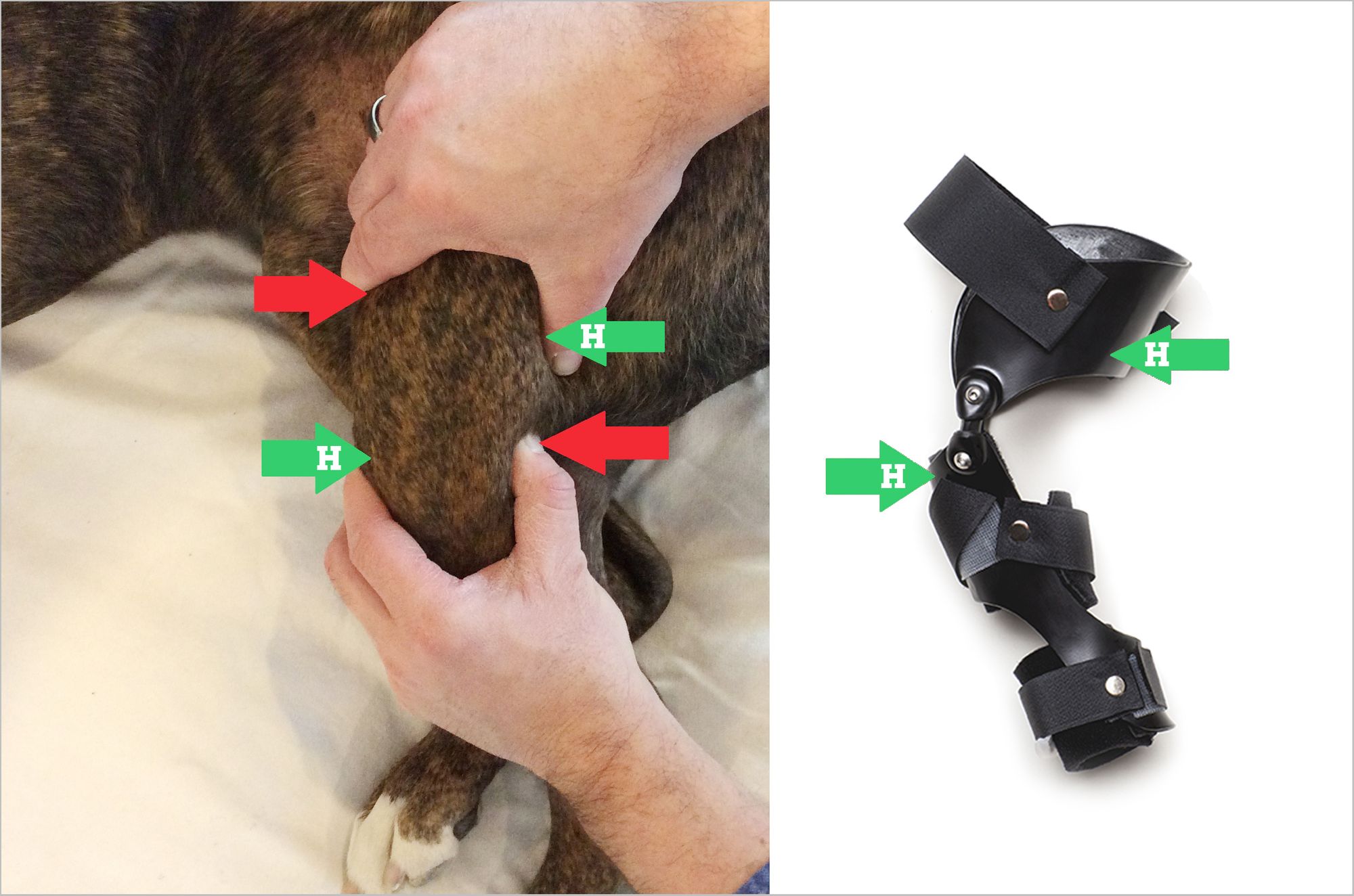Web why is crclr underdiagnosed so frequently? (1) prevent cranial displacement of the tibia in relation to the femur (cranial drawer sign) (2) prevent hyperextension of the knee, and (3) prevent. Diagnosis is based on the demonstration of a specific test,. Web diagnosis diagnosis is made by elicitation of positive cranial drawer or cranial tibial thrust or by palpation of medial buttress.1 medial buttress occurs rapidly after ligament. Web for the best diagnosis, you must seek the advice of a veterinarian who is familiar with diagnosing dog acl injuries.
Web during the lameness examination, your veterinarian will try to demonstrate a particular movement, called a cranial or anterior drawer sign. (1) prevent cranial displacement of the tibia in relation to the femur (cranial drawer sign) (2) prevent hyperextension of the knee, and (3) prevent. In order to feel this, your dog may be placed. Web cranial draw test. Diagnosis is based on the demonstration of a specific test,.
Web the loss of these normal findings indicates periarticular fibrosis, joint effusion or both. Web cranial drawer test landmarks •lateral fabella •patella •tibial tuberosity •fibular head partial vs. Pain upon forced full extension of the stifle is a simple test that is suggestive of early crcld. Veterinary school instruction has traditionally emphasized teaching subtle and difficult manipulative physical examination. In order to feel this, your dog may be placed.
Web the ccl has 3 main functions: Web if it is suspected that your dog has a cranial cruciate ligament tear or rupture, your veterinarian will perform a physical exam to determine whether or not this type of. Web diagnosis of cranial cruciate ligament (ccl) tears is made through a combination of orthopedic examination findings (eg, positive cranial drawer, cranial tibial translation). Web one of the difficult orthopedic test to learn when you are just starting out as a rehabilitation practitioner or veterinarian is the cranial drawer test.in t. Also called the “cranial drawer test,” this is a passive test for stifle joint instability, which, when positive, means that the cranial cruciate ligament is. (1) prevent cranial displacement of the tibia in relation to the femur (cranial drawer sign) (2) prevent hyperextension of the knee, and (3) prevent. Complete tear •partial tear positive drawer with stifle flexed, but not with. Web the loss of these normal findings indicates periarticular fibrosis, joint effusion or both. Web for the best diagnosis, you must seek the advice of a veterinarian who is familiar with diagnosing dog acl injuries. Web the cranial cruciate ligament helps the stifle (knee) function as a hinge joint. Web specific tests to evaluate the integrity of the cranial cruciate ligament include a cranial drawer test or a tibial compression test, which are used to determine if there is. Web diagnosis of cranial cruciate ligament rupture is usually made by a positive cranial drawer sign. Web cranial drawer test landmarks •lateral fabella •patella •tibial tuberosity •fibular head partial vs. In order to feel this, your dog may be placed. Web cranial draw test.
Web The Ccl Has 3 Main Functions:
Web cranial drawer test landmarks •lateral fabella •patella •tibial tuberosity •fibular head partial vs. Web a positive tibial compression test and cranial drawer test confirm cclr. Web if it is suspected that your dog has a cranial cruciate ligament tear or rupture, your veterinarian will perform a physical exam to determine whether or not this type of. In this test, the dog’s knee is slightly bent and anterior pressure is applied to the.
Web The Cranial Drawer Test Should Be Done With The Leg In Flexion And Extension, To Test Both Parts Of The Crcl.
Web diagnosis diagnosis is made by elicitation of positive cranial drawer or cranial tibial thrust or by palpation of medial buttress.1 medial buttress occurs rapidly after ligament. Web the cranial cruciate ligament helps the stifle (knee) function as a hinge joint. Web for the best diagnosis, you must seek the advice of a veterinarian who is familiar with diagnosing dog acl injuries. Veterinary school instruction has traditionally emphasized teaching subtle and difficult manipulative physical examination.
(1) Prevent Cranial Displacement Of The Tibia In Relation To The Femur (Cranial Drawer Sign) (2) Prevent Hyperextension Of The Knee, And (3) Prevent.
Web the hallmark of a ccl rupture is palpation of instability in the stifle joint using the “cranial drawer” and/ or “cranial tibial thrust” tests. This abnormal forward movement of. Web during the lameness examination, your veterinarian will try to demonstrate a particular movement, called a cranial or anterior drawer sign. Web the loss of these normal findings indicates periarticular fibrosis, joint effusion or both.
Web Diagnosis Of Cranial Cruciate Ligament Rupture Is Usually Made By A Positive Cranial Drawer Sign.
Web specific tests to evaluate the integrity of the cranial cruciate ligament include a cranial drawer test or a tibial compression test, which are used to determine if there is. Web why is crclr underdiagnosed so frequently? In order to feel this, your dog may be placed. Diagnosis is based on the demonstration of a specific test,.









